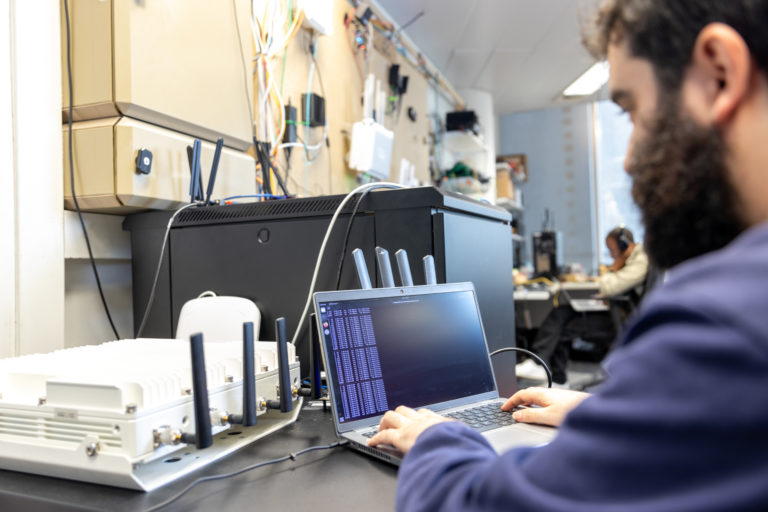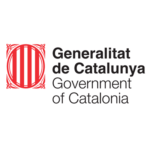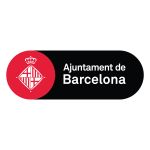






















































































The i2CAT Foundation is a non-profit research and innovation center that promotes mission-driven R&D activities on advanced Internet architectures, applications, and services. More than 15 years of international research define our expertise in the fields of 5G, IoT, VR, and Immersive Technologies, Cybersecurity, Blockchain, AI, New Space, and Digital Social Innovation. The center partners with companies, public administration, academia, and end-users to leverage this knowledge in order to meet real social and business challenges.